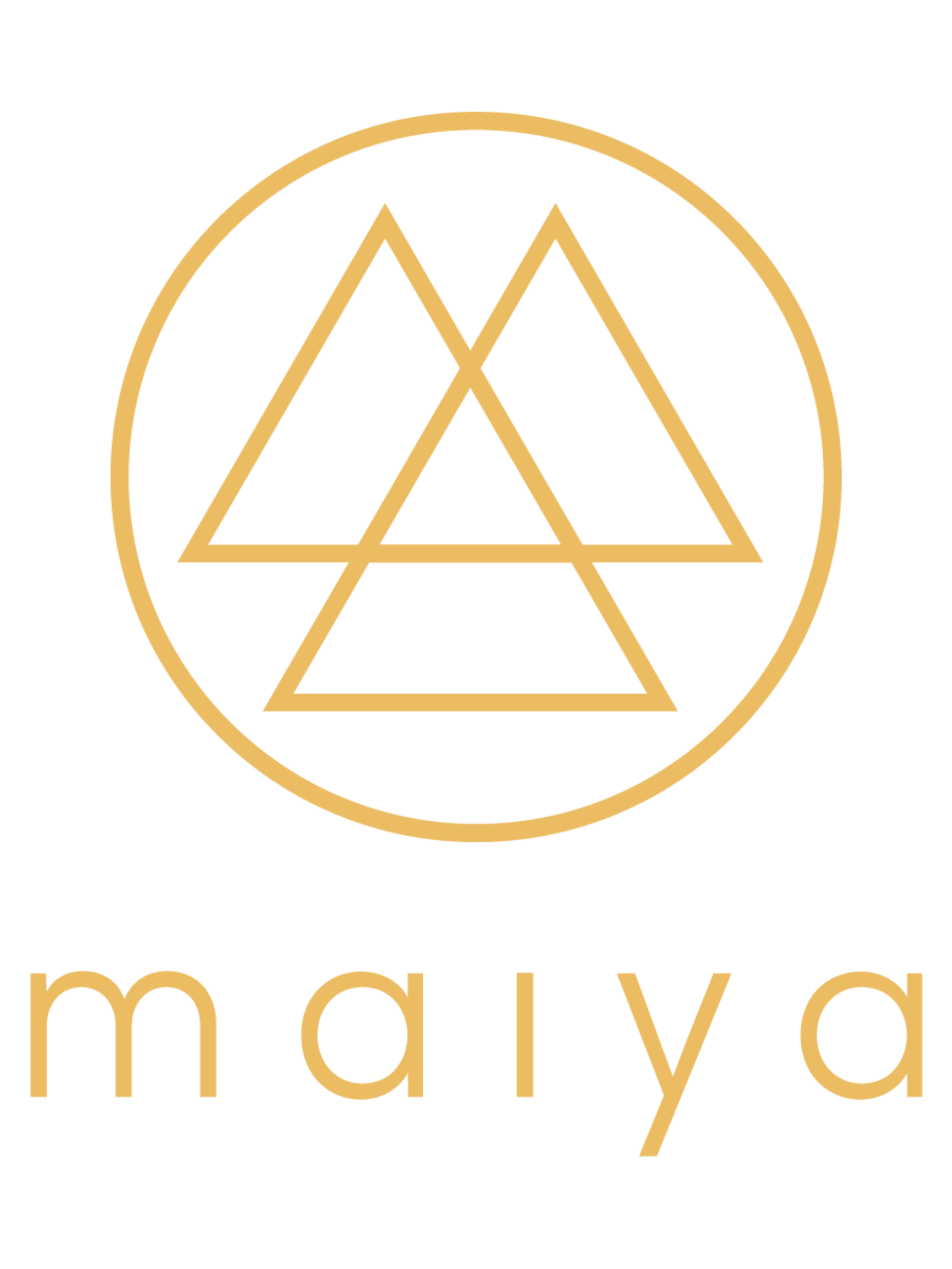How to distinguish eco friendly yoga mats
We are over cliche buzzwords without substance. Googling “yoga brands” offers excessive results promoting eco-friendly, sustainable, organic, ethical and low-emission. But what do those terms really mean? How are these claims quantified and does it really affect the consumer?
Most importantly, is it authentic?
In designing a piece of equipment that was “more than a mat,” it was crucial to the values and DNA of Maiya to build products that are eco-conscious. But what does that even mean? To do that, we had to look at other yoga mats, their eco-friendly claims, and what we as a brand could do better.
The most popular eco-friendly yoga mats on the market include:
Cork Yoga Mats
They are biodegradable and recyclable and the method used for harvesting cork aids in tree growth. However sustainable cork harvesting required 9-10 years for the trees to be mature. With the growing popularity of cork products including flooring, accessories and shoes - premature harvesting can introduce bacteria into the trees. Cork wears out fast when exposed to moisture and high humidity and regular use (3x weekly) compresses the cork making it thin over time. Be prepared to replace your cork yoga mat every 6 months.
Cotton Yoga Mats
These seriously look like little rugs when laid out during class which adds to their appeal. Naturally grown cotton is lightweight for travel and hypoallergenic on the skin, but each mat takes at least 20,000 litres of water to grow 1kg worth of raw usable cotton. The top cotton-producing countries including India, Pakistan and Turkey frequently experience droughts where human water supply is restricted to prioritize their export products.
Natural Rubber
Majority of high-end yoga mats on the market claim they are 100% natural rubber. These are popular due to their high traction which leads to better grip in hot yoga classes. However, the process of growing and tapping rubber is unregulated in the biggest export countries of Vietnam, Thailand and India. The chemicals used in processing are regularly dumped into the aquatic system. The US Department of Labor’s Bureau of International Labor Affairs states the countries of Burma, Liberia, Cambodia and Philipines are still using child labor for the growing, harvesting and manufacturing of natural rubber.
What makes Maiya “more than a mat” in our eco-friendly claims?
Our material is proprietary German-engineered PVC technology certified by OEKO-TEX, an environmental certification agency in Europe for the textile industry. We believe that a mat is more than its materials, but the complete manufacturing process. This includes waste management, low emissions and sustainable working conditions. Learn more about OEKO-TEX and how we make decisions that Protect the Planet HERE.
